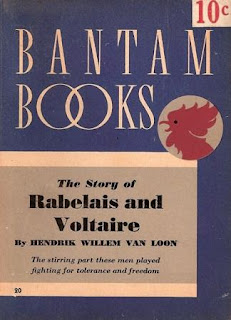Anyone reading this blog knows that Bantam Publications books come in many variants. Making sense of them bibliographically is a challenge as the text is always identical and only the last book, Red Threads, has printing information.
One important difference between variants is the back cover where all of the books, excepting the last one, have house ads for Bantam. There were four different ads. Can they help sort out the variants? Perhaps. I haven't seen all of the books and their variants but here's some preliminary analysis.
The first ad appears only on books 1 to 20 which, based on other information, I believe were published before books 21 to 28. The text cover versions of books 21 to 28 have either ads 2 or 3. However some variants of books 1 to 20 also have either ads 2 or 3. The illustrated cover versions of books 21 to 28 have ad 4 only.
The difference between ads 2 and 3 is one more book (Spanish Cape Mystery) is listed in ad 3. The same books are always listed in the ads. Note that the lists include a selection of books from 1 to 28. In ad 4 the other books in the illustrated series are listed, leaving out the book in which the ad appears.
One conclusion from this is that books 1 to 20 with ad 1 were the first published. Then some or all of books 1 to 20 were republished with ads 2 and/or 3 at the same time as the text versions of books 21 to 28. Finally the illustrated versions of books 21 to 28 were published. I'll leave the speculation there for now.
ad 1 - LA Bantam 2
ad 2 - LA Bantam 18
ad 3 - LA Bantam 25 - text variant
ad 4 - LA Bantam 27 illustrated variant


















































